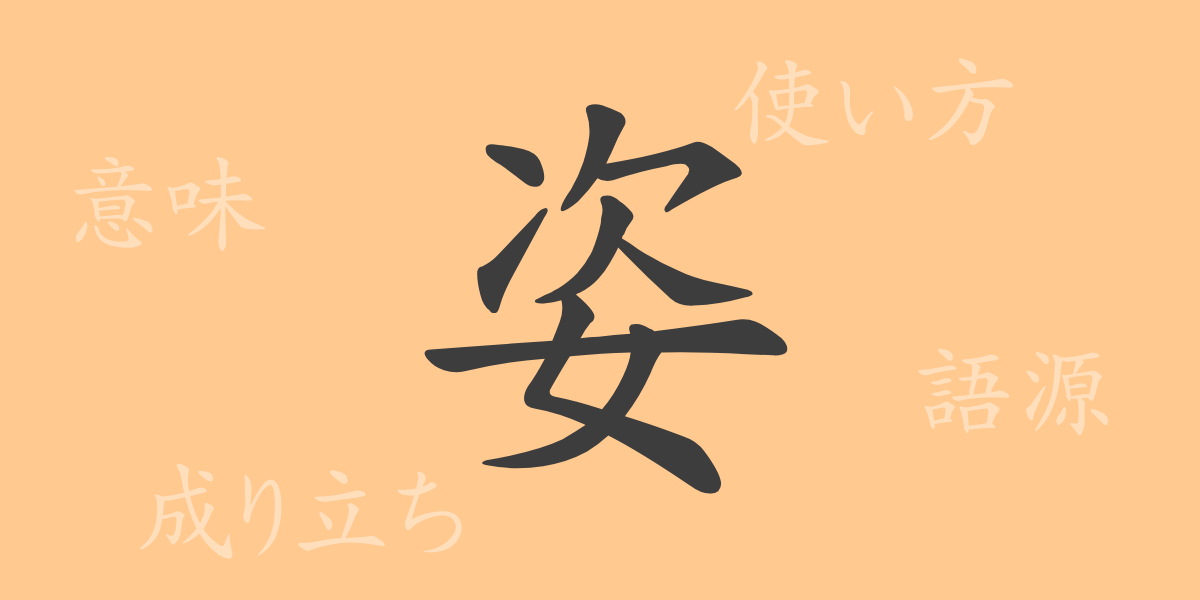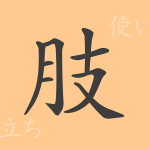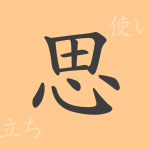The beauty of the Japanese language is also reflected in its characters. Each kanji has deep meanings, aesthetic shapes, and is woven into words that form the fabric of Japanese culture, showcasing the allure of the language. This time, we will focus on one of the commonly used kanji in Japanese, “姿(すがた),” and explore its origin, meaning, usage, and even delve into idioms and phrases that use this character. While everyone in Japan is familiar with this kanji, many might not know its background. Let’s delve into the rich world of “姿(すがた)” through this article.
Origin of 姿(すがた)
The kanji “姿(すがた)” originated in ancient China, symbolizing the graceful appearance of women. It was derived from pictographs representing a woman sitting in a formal posture, evolving over time into its current form. This kanji was introduced to Japan during the Nara period when many cultural elements were brought over along with kanji. Since then, it has been used to refer to the appearance, demeanor, or shape of people and objects.
Meaning and Usage of 姿(すがた)
The kanji “姿(すがた)” is used to describe the appearance, shape, or behavior of people or objects. For example, it is used in expressions like “彼女の美しい姿(すがた)に心を奪われた” (I was captivated by her beautiful appearance) or “建物の姿(すがた)が夕日に映えている” (The building’s shape is shining in the sunset), representing visible forms and appearances. It is also used metaphorically, as in “勝利の姿(すがた)を見せる” (to show the appearance of victory), indicating a state or appearance of success or triumph.
Readings, Stroke Count, and Radical of 姿(すがた)
The kanji “姿(すがた)” has multiple readings, used depending on the context.
- Readings: The on’yomi (音読み) reading is “シ(shi),” and the kun’yomi (訓読み) reading is “すがた(sugata).”
- Stroke count: “姿(すがた)” has a total of 9 strokes.
- Radical: The radical is 女(おんなへん), which means “woman.”
Idioms, Phrases, and Proverbs Using 姿(すがた)
There are many idioms and phrases that include the kanji “姿(すがた),” reflecting its rich meanings. Here are some examples:
- 「立派な姿(りっぱなすがた)を見せる」 – To show a proud and commendable behavior.
- 「姿(すがた)を消す」 – To disappear suddenly.
- 「姿形(すがたかたち)」 – Refers to the shape and appearance of an object.
- 「姿勢(しせい)を正す」 – To correct one’s posture, both physically and metaphorically, meaning to adjust one’s attitude or stance.
Conclusion on 姿(すがた)
The kanji “姿(すがた),” as its form suggests, is used to represent the appearance or demeanor of people and objects. Widely used in various expressions in the Japanese language, “姿(すがた)” plays an important role in our words. Through this article, I hope you gain an understanding of the meanings and history embedded in each kanji, contributing to a deeper comprehension of the Japanese language.

























